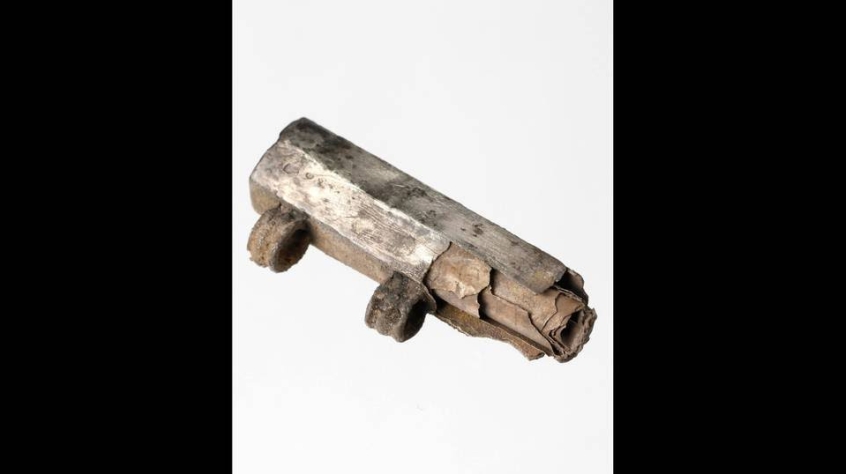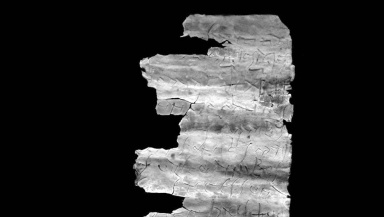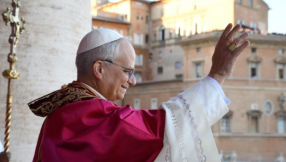
Archaeologists in Germany have confirmed the discovery of a 1,750-year-old amulet containing a silver scroll, now recognised as the oldest physical evidence of Christianity north of the Alps.
The extraordinary artefact was first uncovered in 2018 during excavations of a Roman-era grave in Frankfurt and was formally announced in a press release from the City of Frankfurt am Main on 11 December.
The grave, dated to between 230 and 270 AD, contained the amulet, inside which archaeologists noticed a small silver scroll. However, its fragility posed significant challenges for researchers attempting to read its contents.
Initial efforts to unroll the scroll by hand were abandoned to prevent damage. Subsequent attempts using X-rays and microscopes made little progress.
Eventually, a 3D X-ray method known as computed tomography was employed, enabling experts to digitally "unroll" the scroll without physically handling it. This process revealed 18 lines of Latin text, which linguists spent months deciphering.

The inscription consists of sentences praising Jesus Christ, including the words: "Holy! Holy! Holy! In the name of Jesus Christ, Son of God... Protect the man who surrenders himself to the will of the Lord Jesus Christ, Son of God, since before Jesus Christ every knee bows."
Archaeologists believe the grave belonged to a Christian man who likely wore the amulet on a cord around his neck, similar to a phylactery used in Jewish tradition. The artefact would have served as both a talisman of protection and an expression of personal devotion. At the time, the Roman Empire controlled the Frankfurt region, making open practice of Christianity dangerous. It remains unclear whether the man practised his faith publicly or in secret.
This discovery predates previously known evidence of Christianity north of the Alps, which was based on historical references and artefacts dated to around 300 AD.
Experts have described the find as extraordinary and sensational, offering an unprecedented glimpse into the lives of early Christians in the region. It highlights their devotion and the risks they faced in preserving their beliefs.
Photographs shared by city officials show the amulet as it was discovered, partially buried in soil, along with images of the silver scroll and its deciphered inscription.
This religious artefact has raised fresh questions for archaeologists, historians, and theologians about the spread of Christianity to northern Europe during its formative years.













